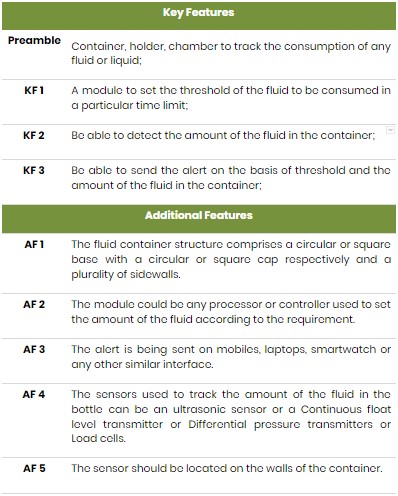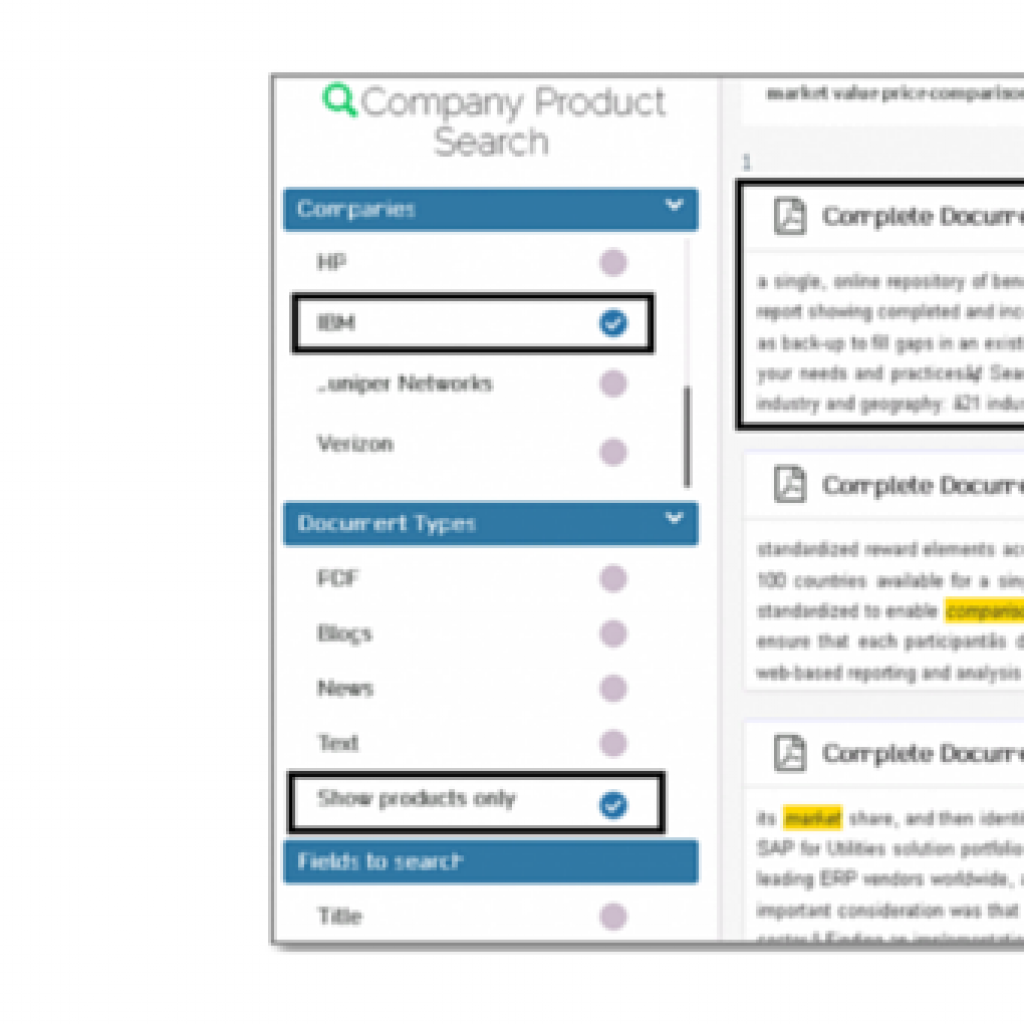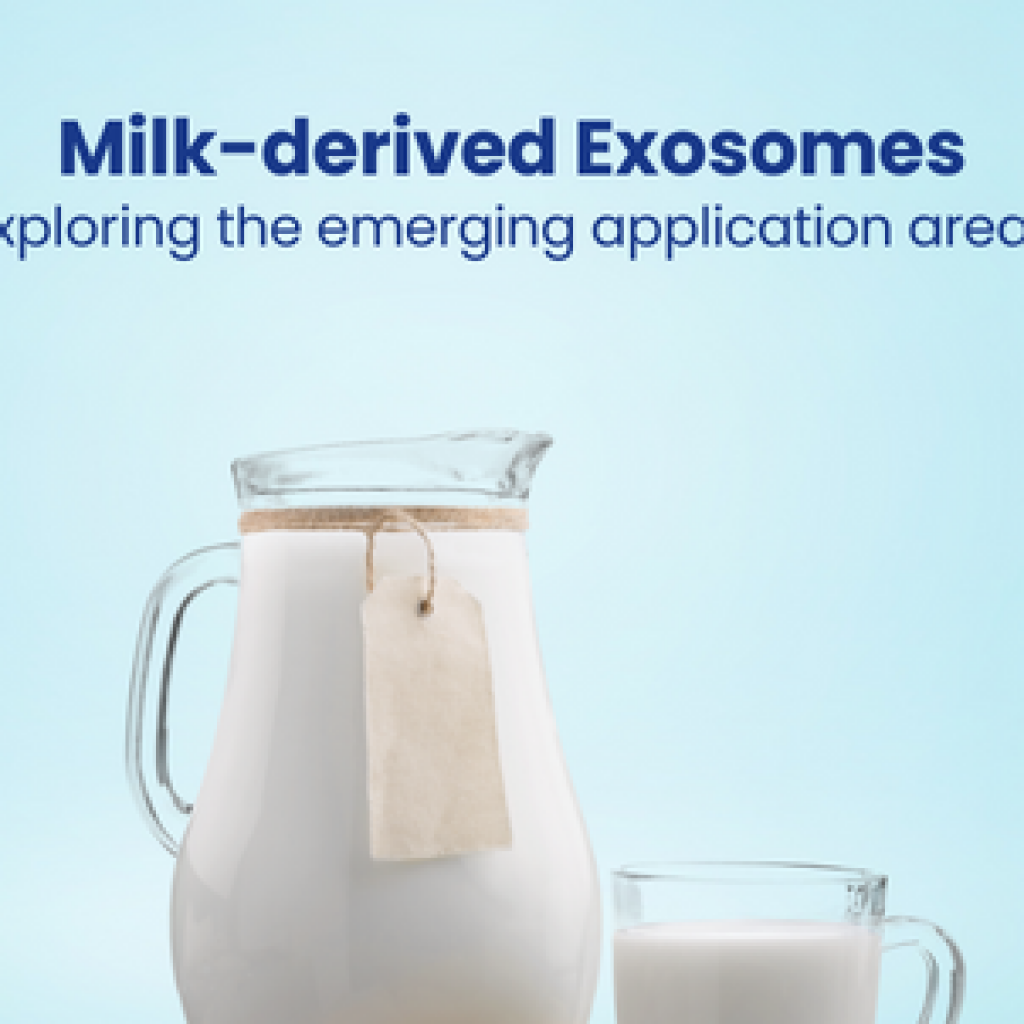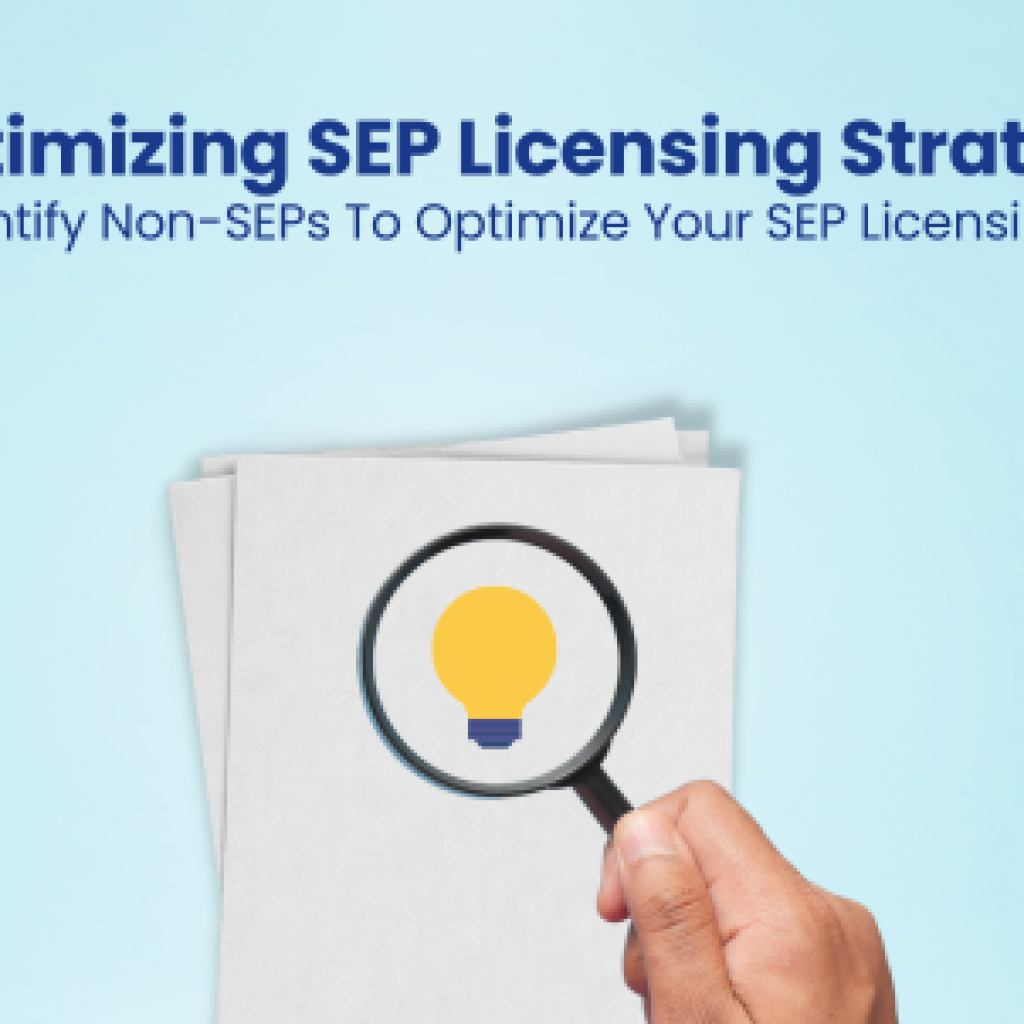As a business head, how do you handle the Freedom to Operate (FTO) study for a product that has multiple features? Do you feel the fear of missing out on possible threats while conducting the clearance search?
Fear of missing out on threats is quite justified because your key objective with the search would be to thwart any unwanted litigation. You want to check whether the features of products to-be-launched in a jurisdiction are overlapping on any patent in that jurisdiction and take action accordingly.
The importance of identifying every possible patent/patent application that can cause risk going further cannot be emphasized enough. So here at GreyB, while performing FTO or clearance search for our clients, we make sure every possible threat is identified in the search.
To achieve this objective, we consider three major factors during feature extraction for FTO of a product – Elementary, Comprehensive and more Protection.
Intrigued? Let me give you a sneak peek into the process.
Elementary
While extracting the features of products for FTO search, our ultimate aim is to make the features simpler, so that the end-user i.e. you will be able to understand it quickly.
We try to define the features in a way that they cover all aspects of the given product. We divide the features into two categories:
- Key features – features which are unique to the product;
- Additional features – which constitutes the rest of the features i.e. narrower aspects.
Let’s take an example to better understand this. Say, the client provided us a product – A smart water bottle that can detect the amount of water in the bottle and send an alert to the user on his device as per the threshold set by the user.
Now, the features defined for FTO search of this product based on our methodology discussed above would look like this –

In this method, we tried to cover the important aspects i.e. detecting a threshold and sending an alert to the user in the key features. Whereas, the shape of the product and specific modules to implement the required method i.e. the secondary features as additional features.
Now, these features cover most of the aspects defined for the product, so that along with the primary feature, we can keep an eye out for the secondary aspects as well. With this method, we would be able to ensure overall protection for the client w.r.t. the product.
Comprehensive
While preparing these features, another thing that plays a vital role is comprehensiveness. Comprehensive in FTO means, we try to make broader key features so that any existing patent with a broader claim that will overlap on our client’s product would be identified. We define and then refine the key features in such an astute manner that these can cover the broadest possible aspect.
As you can see from the above matrix, we have not included the term ‘bottle’ in the features, instead, we used the term ‘container’. Doing this ensures that if anyone previously had a patent on similar lines, it would be identified. Therefore, preventing the threat of obviousness by keeping the features broader.
For example, let’s say entity ‘A’ launches a smart water bottle in the US, but entity ‘B’ previously had a patent on a medical container with dosage alert and didn’t specify the container as a medical container in claims. So, entity B may sue entity A on the basis of the obviousness of applying its invention in the water bottle.
Additional Features
As previously stated, we also draft the additional features covering the narrower aspect of the product. Because if those features are also covered by any of the existing live patents along with the key features, they may cause great risk to the client in the future.
So we try to cover most of the narrower aspects or elements of the products, to ensure capturing those along with the key features. The main idea behind doing this is to put all the cards on the table.
In the above example, the type of modules or sensors, the shape of the product is specified in the additional feature section. If such narrow features are also covered by the patent, it would be more dangerous for the product in the future.
Multiple FTOs
While reading the product details provided by the client, it does happen that we feel that if we cover the product features in one FTO, it may not be very comprehensive. The reason being that if the search will be focused on two different aspects, then covering it in one search direction may not capture the claims of other directions.
Therefore, in such situations, we suggest our client to opt for multiple or two FTOs for the product to ensure covering every possible aspect of the product features. If we just provide the protection coverage for one aspect, the client may face threats in other aspects. To avoid this, we suggest our clients to go for multiple FTOs to ensure complete security.
For example, in the above example, when the client gave us the product disclosure, its neck and cap design were also described including the dimensions, material used, manufacturing process, flange, thread design, etc. If we consider the above-mentioned feature matrix (table 1), then in no way we will be able to capture patents describing the design of the cap and bottleneck. As most of the patents on the smart containers would have claims on functioning capability and elements, not on the design aspects. Therefore, we would suggest our client go for two FTOs. One for the above-described features for smart alert and the other for bottle cap and neck design.
Conclusion
After providing the final results, depending on the clients’ call for one time or recurring FTO, we track the applications overlapping on the product on a monthly basis to see if there are any modifications in claims, any rejections, filings in other jurisdictions, etc. to help the client decide the further strategies accordingly. After all, here at GreyB, we believe client satisfaction is a long-term deal, not just a one-time thing.
Want to witness our approach in action?
Authored by: Navneet Kaur (Senior Research Analyst) and Shallu Dhauta (Research Analyst)











